On social media, many viewers were baffled by a viral post questioning, ‘What is the fourth side of a cheese grater for?
Many home cooks and food enthusiasts are unaware of the fourth side of a cheese grater.
While most people know how to use the larger holes for shredding cheese, the smallest side often remains a mystery.
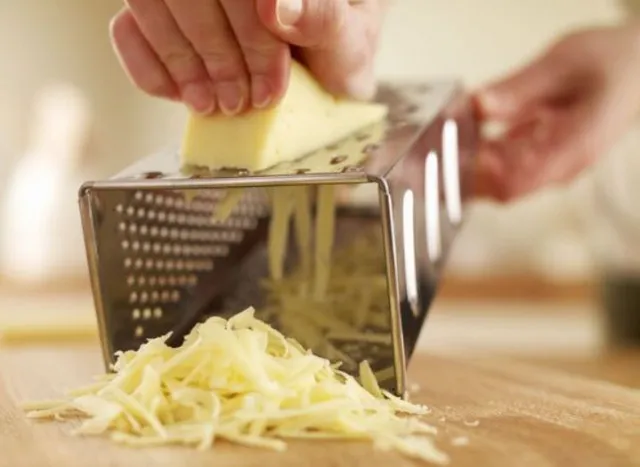
A recent Reddit post has sparked curiosity about its actual purpose, leaving many baffled.
What is the fourth side of a cheese grater for?
On social media, a Reddit user shared a photo of his cheese grater, questioning the use of the side with the smallest holes.
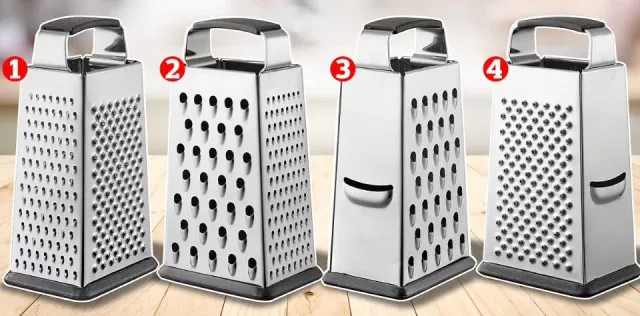
He asked, “Does anybody ever use this part of the grater? What is it even for?” In a follow-up comment, he expressed frustration: “All this has ever done is hurt my hand. I’ve literally never used those small hole graters.”
The post left viewers baffled by the purpose of fourth side of a cheese grater
Many discussed the purpose of the fourth side of a cheese grater
The post resonated with many, prompting a flood of responses.
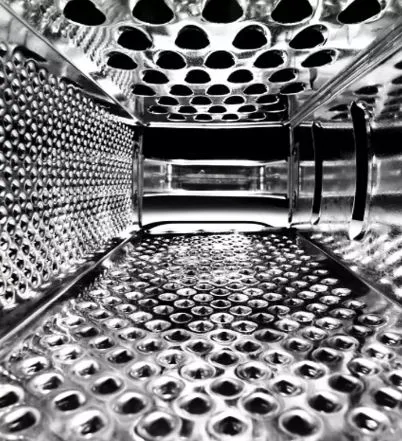
Many viewers admitted their lack of knowledge regarding the purpose of the fourth side of a cheese grater, while others suggested that it is simply decorative.
One person said: I use it to grate zest off oranges/lemons, but I felt so much like saying it was a backside scratcher.
A second wrote: I don’t have one. I hue my little electric chopper to do things like this! (I am too impatient to use a grater).
While a third commented: Use it for potatoes when you make potatoe pancakes!
Another added: As a kid would use it to grate coconut so my mom could make coconut eggs for Easter.
Someone else said: Wait those are cheese graters, we only use it to grate beetroot on Christmas and Sundays.
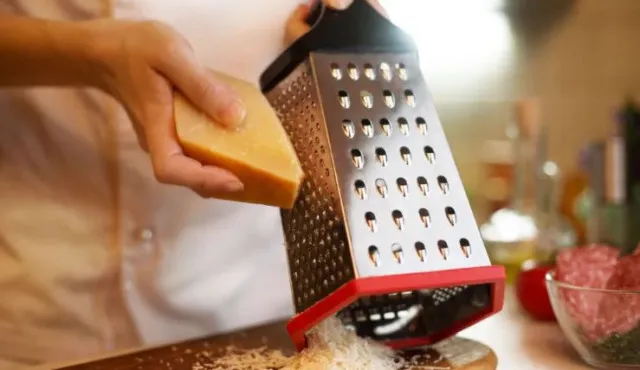
Surprising uses shared by savvy chefs
Despite the confusion, some savvy chefs chimed in with valuable insights.
One user noted, “Took years to figure out—parmesan and lemon/orange/lime zest are best shredded on those two sides.”
Another suggested using the smallest holes for grating garlic, nutmeg, or ginger.
Food experts at Marthastewart.com also weighed in on the debate.
They explained that the tiniest holes on the grater produce the finest strands of cheese.
This side is ideal for replicating pre-grated hard cheese found in stores. The fine texture allows the cheese to easily dissolve into dressings, sauces, and casseroles.
How to use each side of the grater
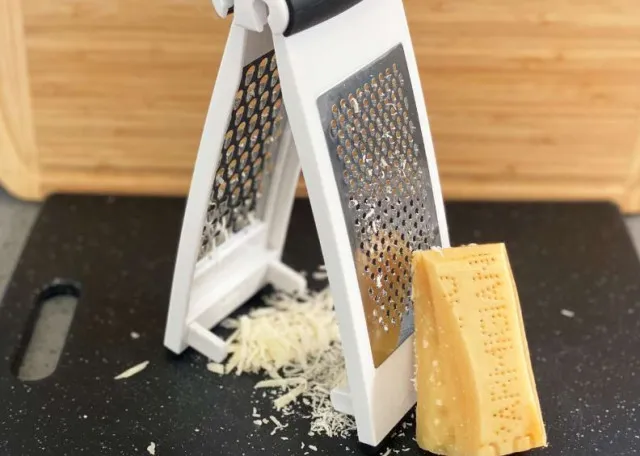
– Small Holes: Perfect for grating hard cheese, zesting citrus, and finely grating nutmeg. Use this side with caution, as it’s prone to cutting your knuckles and is tricky to clean.
– Medium Holes: Best for shredding semi-hard cheeses like cheddar or Gruyère. They also work well for grating vegetables.
– Larger Holes: Designed for slicing cheese or vegetables quickly.
Cleaning tips for your chesse grater
To keep your cheese grater in top condition, consider these cleaning tips:
– Use an abrasive sponge: This helps remove hardened food particles stuck on the grater.
– Soak overnight: Let your grater soak in warm, soapy water to loosen stubborn debris.
The fourth side of the cheese grater may have left many puzzled, but it serves important culinary purposes.
So next time you’re in the kitchen, don’t forget to give that fourth side a try!